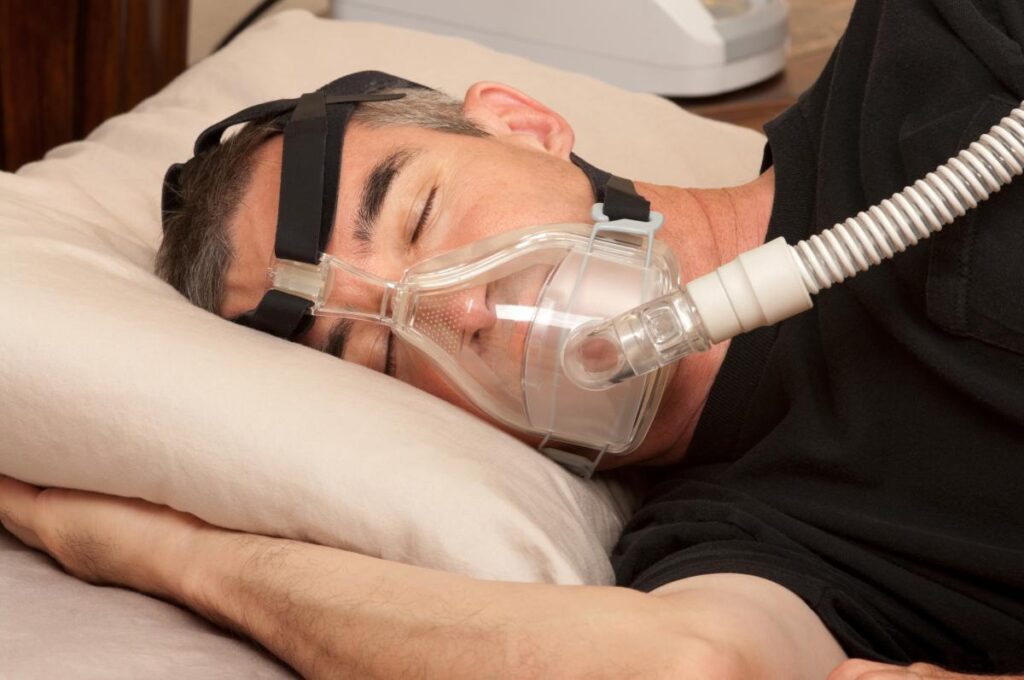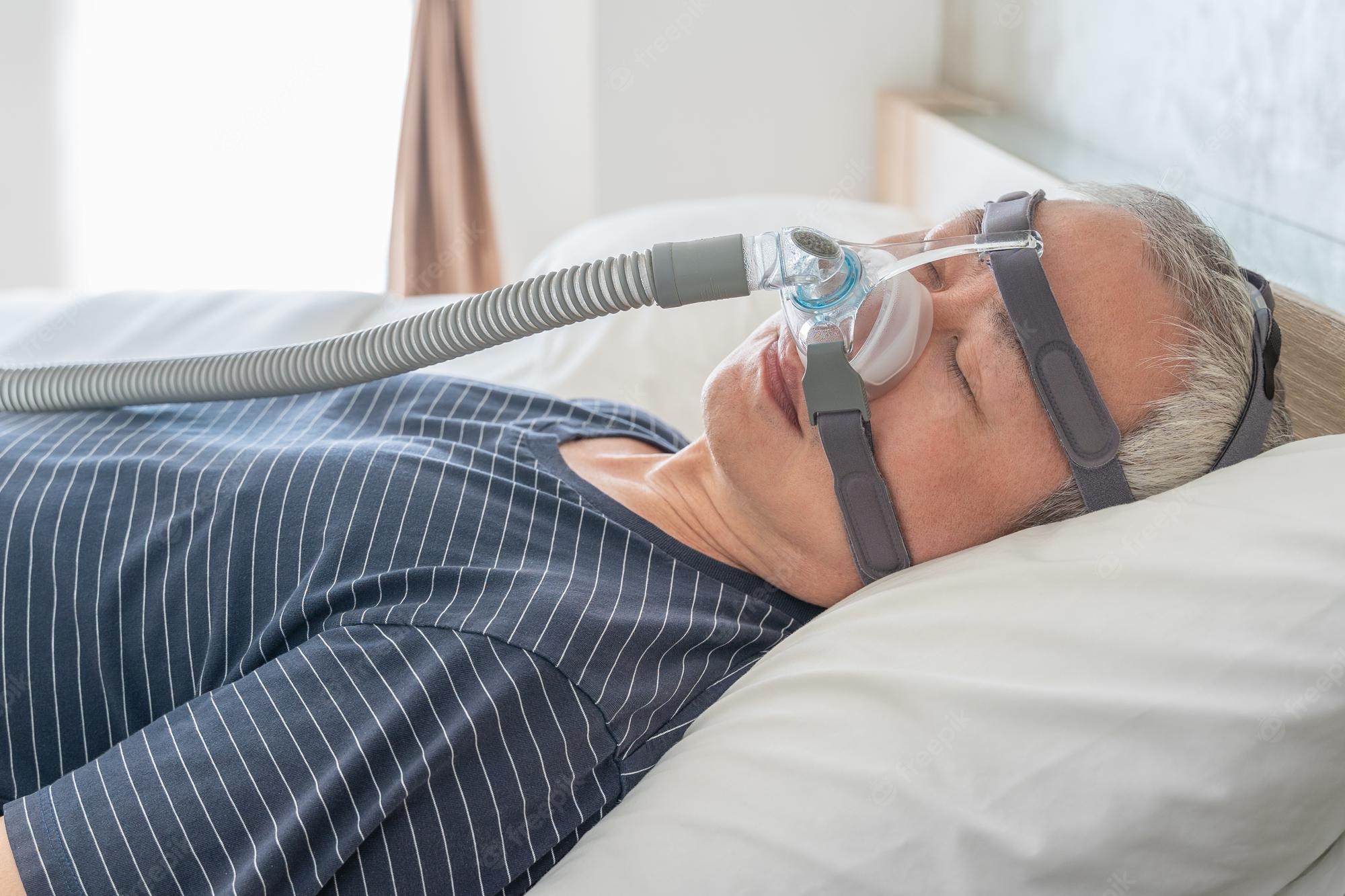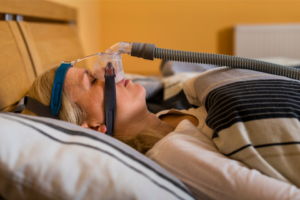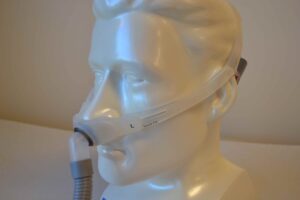Those who have been diagnosed with sleep apnea may choose from a variety of CPAP masks. In our last blog article, we went over the fundamentals of CPAP and the several advantages it provides to those with sleep apnea, including keeping your airway open while you sleep and reducing snoring and other apnea symptoms like exhaustion and daytime sleepiness.
The kind of CPAP mask your doctor recommends for you will have a significant impact on how well CPAP works for you individually. The cpap mask, which transfers air from the CPAP machine to your mouth and nose, is a crucial component of your entire CPAP treatment. In light of this, it stands to reason that your CPAP mask should be as comfortable as possible and provide a tight seal around your mouth and/or nose (without leaving marks on your face or irritating your skin). Click here to discover more about symptoms, complications and CPAP treatment .
Fortunately, a lot of the CPAP masks on the market right now are designed to do exactly that: provide you a restful night’s sleep without causing you any pain or irritation. Let’s examine what makes these various CPAP mask types unique from one another and consider the benefits offered by each category of masks.
What kinds of CPAP masks are available for people with sleep apnea?
CPAP masks come in three primary categories and often come in all sizes. These masks are also available in “For Her” variants from certain manufacturers, including ResMed, that are tailored especially for a woman’s head and face.
Nasal masks go over your nose alone, giving a lighter fit than full face masks; nasal pillow masks are even lighter and more basic than nasal masks, allowing a high degree of openness and visibility. Full face masks cover your nose and mouth.
It could be clear from these descriptions that you’d prefer a lighter mask over a heavier one or a smaller mask over a larger one. But there are other things to take into account. For instance, masks that cover a larger portion of your face may sometimes provide a stronger barrier against leakage, improving treatment. Similarly, you may require a bigger mask if you have facial hair to get a better seal. Or, if you’re claustrophobic, a smaller mask will probably feel more at ease. Learn more about sleep apnea Australia on better health channel.
Full face masks may feel more comfortable to you even if they are somewhat heavier. This is largely a matter of personal choice and how well a certain mask shape will fit over the particular features of your face. In any case, your doctor may assist you in trying on a variety of masks to find the one that fits you most comfortably.

This is crucial, too! If your CPAP mask doesn’t seem comfortable to you, you can “forget” to wear it on occasion or take it off in the middle of the night. In some cases, you won’t even be aware of what you’ve done until the following morning!
Because you won’t be receiving the full degree of therapy for your sleep apnea, you’ll likely experience the same symptoms you had before your diagnosis, including daytime drowsiness and low energy, in addition to being at risk for numerous additional sleep apnea-related risks.
Finally, it’s important to note that, despite the fact that the majority of CPAP masks fit into one of the three categories mentioned above, there are other varieties of CPAP masks that may be used to treat sleep apnea. Total face masks (covering the entire face), oral masks (covering just the mouth), and hybrid masks are less usually recommended masks (offering various combinations of the previously described CPAP masks). Despite the fact that they aren’t as often prescribed as the three we’ve discussed above, you could discover your doctor prescribing one of them depending on how serious your condition is.
Consider choosing two CPAP masks
We are certain that everyone can discover the perfect CPAP mask, even if it takes a few tries to locate the one that fits you the best. However, some individuals decide to own two CPAP masks, which they alternately utilize.
Many of the people who read our site claim to have alternatively worn two CPAP masks. Talk to your equipment provider about being fitted for a second mask if you believe it could be helpful for you, as well as about your choices for doing so most economically.

Why use two?
In certain circumstances, to aid with environmental allergies: When your allergies flare up, you could find it easier to breathe through a full face mask if you’re already wearing a nasal or nasal pillows mask and have stuffy, congested nasal passages. This is particularly true if you also have a deviated septum.
In order to relieve strain on delicate face areas: Various masks lay on various areas of your face. Even while masks become more comfy every year, your face sometimes needs a break. A sensitive region could feel better when using a different kind of mask (such as a nasal pillows, nasal, and/or full face mask).
Following face surgery, during recovery: As soon as possible, inquire with your equipment provider about being fitted for a mask that won’t contact the region of your face where your CPAP mask now rests throughout your recuperation.
But take note…
Never skimp on the quality of care. Ask your equipment provider how a chin strap may assist guarantee that your mouth remains closed while you sleep if you want to temporarily transition from a full face mask to a nasal or pillows mask. A nasal/pillows user’s CPAP therapy will be less effective if their mouth is open, and humidification won’t keep you comfortable.
Be aware of the appropriate times to update your CPAP supplies. Maintaining additional supplies is necessary with more masks. Make sure you are knowledgeable about when to change each of your CPAP equipment, including mask components, machine filters, and water chambers, in addition to appropriate cleaning and storage.
As long as you clean them per their directions each morning after use and store them appropriately (preferably in a sealed plastic bag after they’ve been washed and dried, and away from sunlight), masks and their components will last longer if you use them alternately.




